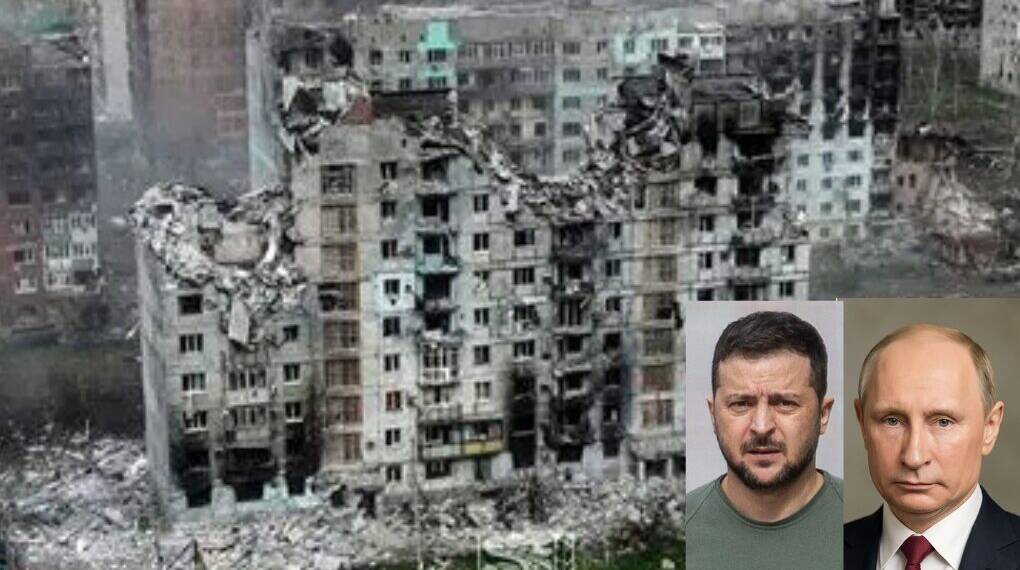The war in Ukraine has entered another bloody chapter, with recent incidents underscoring the increasingly high-risk tactics being employed by both sides. From a perilous Russian pipeline raid in Kursk to the destruction of U.S.-supplied Abrams tanks and deadly sniper engagements, the frontlines are seeing a dangerous mix of innovation and attrition.
Operation Stream: Russia’s High-Risk Underground Gambit
In early March 2025, Russian forces launched what military bloggers have dubbed “Operation Stream” — a daring infiltration through a disused gas pipeline near Sudzha, in Russia’s Kursk Oblast, close to the Ukrainian border. The plan, according to Ukrainian intelligence, was to move troops undetected beneath the ground before launching a surprise attack on Ukrainian positions.
However, the gamble came with extreme hazards. Soldiers reportedly moved hundreds of meters through the confined, low-oxygen environment, without heavy weapons, relying solely on the element of surprise.
Ukrainian sources claim that several Russian soldiers suffered methane poisoning, with some hospitalized and others dying before even reaching their target. Once detected, the infiltrators were struck by a coordinated barrage of artillery, missiles, and drone fire. While Moscow has not confirmed casualties, Russian channels have acknowledged the operation’s “extraordinary risk.”
Abrams Tanks in the Crosshairs
On another front, the U.S.-supplied M1A1 Abrams main battle tanks — delivered to Ukraine in 2023 to bolster its armored capabilities — have been facing mounting threats from Russia’s evolving battlefield tactics. Russian forces have deployed Lancet loitering munitions and advanced anti-tank guided missiles (ATGMs) to target the prized machines.
The first confirmed loss of an Abrams occurred near Berdychi in February 2024, when a Russian Lancet drone struck the vehicle, reportedly followed by an ATGM hit. Since then, battlefield footage and independent military trackers have confirmed multiple additional losses. By mid-2025, around 22 Abrams had been destroyed, damaged, or abandoned — a significant attrition rate out of the 31 originally supplied by the U.S.
Ukrainian commanders have responded by withdrawing some Abrams from high-threat areas, reinforcing them with additional side armor, and adapting tactics to avoid prolonged exposure to drone reconnaissance. Nonetheless, their destruction is a propaganda boost for Moscow, which has sought to portray the Abrams’ losses as proof that Western-supplied equipment cannot turn the tide.
Sniper Warfare Intensifies
While large-scale armored clashes and drone strikes dominate the headlines, precision engagements continue to shape the war’s dynamics. In early 2025, Ukrainian military intelligence reported a successful sniper ambush near Pokrovsk, in the Donetsk region, which inflicted heavy casualties on Russian troops.
The operation, conducted with reconnaissance support, showcased Ukraine’s ability to use small-unit tactics to disrupt enemy advances and morale.
Russian forces have also relied on sniper teams along certain sectors of the front, using them to pick off exposed personnel and force Ukrainian troops to remain under cover. While casualty figures are tightly guarded on both sides, the prevalence of sniper operations indicates that neither side can afford to underestimate the impact of individual marksmen in a war otherwise dominated by artillery and drones.
A War of Innovation and Attrition
Taken together, these developments highlight a dangerous trend in the Ukraine conflict: a blend of high-tech weaponry, unconventional infiltration, and classic battlefield skills.
Russia’s pipeline gambit in Kursk, though costly, reflects a willingness to experiment with novel approaches. Ukraine’s sniper teams show that precision can still matter amid the drone wars. And the duel over Abrams tanks underscores how both sides adapt — and counter-adapt — in real time.
For soldiers on the ground, these tactics mean a constant threat from every angle: above from drones, ahead from snipers, and now, potentially, from beneath the earth. As the war grinds on into its fourth year, the innovations may become more extreme, but so too will the human cost.








